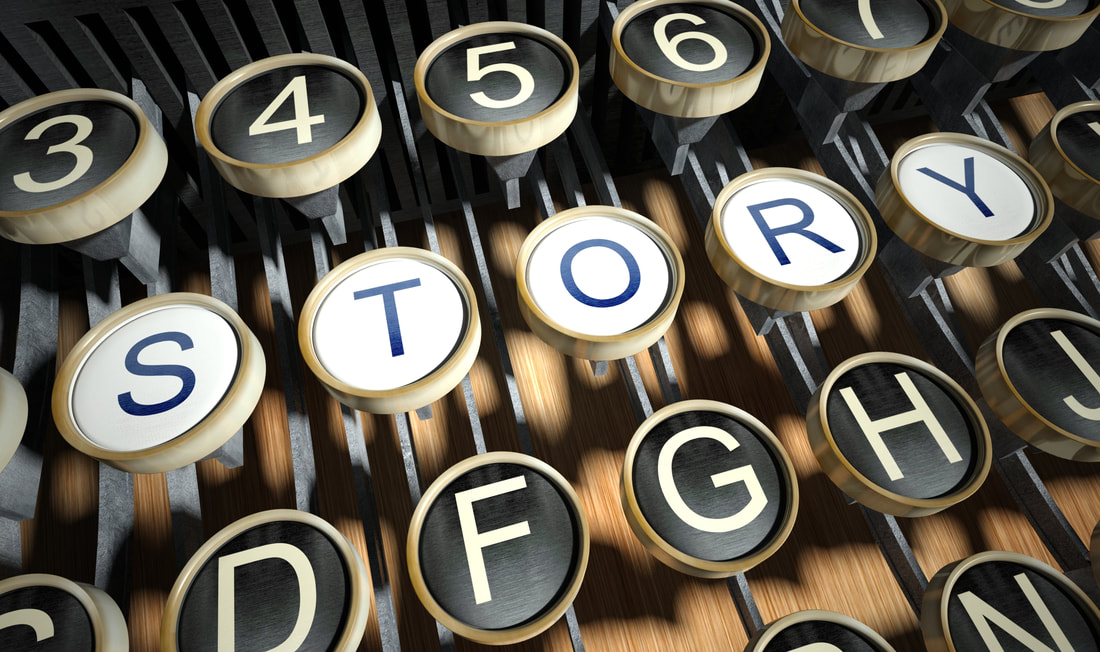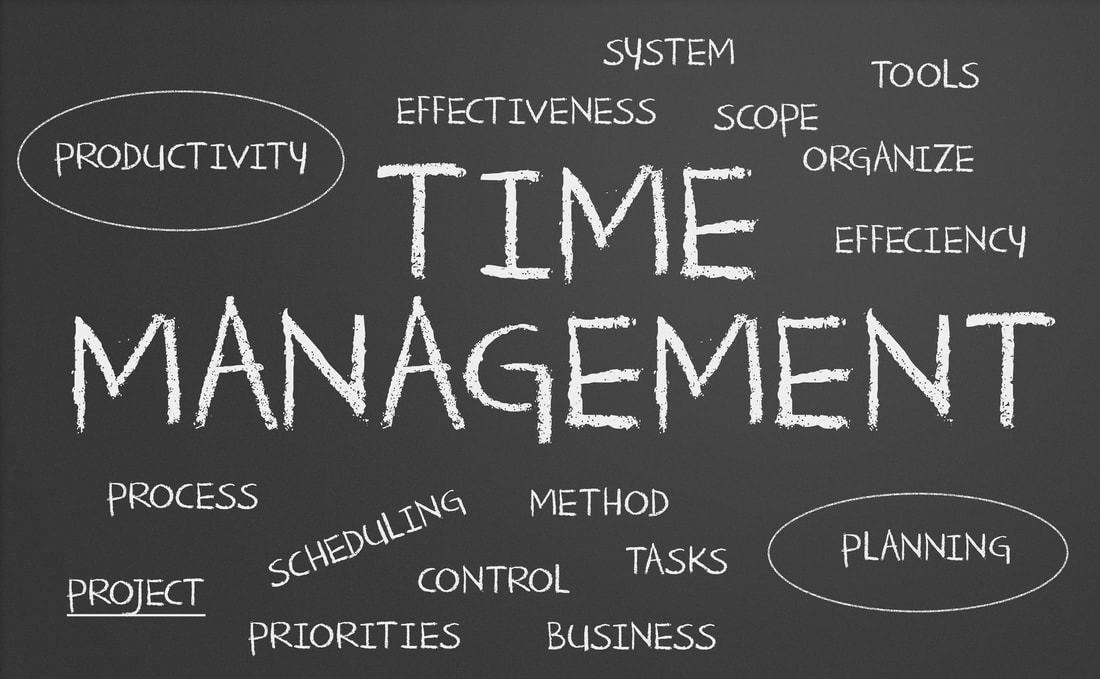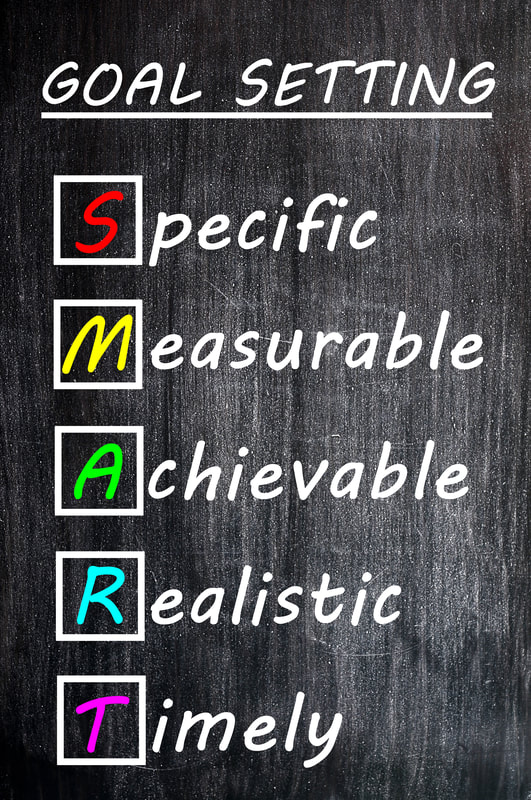Storytelling is a life saverReally. Storytelling is the art of conveying a narrative or series of events through spoken or written words, images, or other forms of media. At its core, storytelling is a fundamental human activity that has been used to communicate ideas, share experiences, and connect with others for thousands of years. Storytelling can take many forms, including oral traditions, books, movies, television shows, plays, and more. In its simplest form, storytelling involves a storyteller who creates a narrative that engages and captivates an audience. The narrative may be based on true events, fictionalized accounts, or a combination of both. The storyteller may use a variety of techniques to bring the narrative to life, including character development, setting, plot, dialogue, and descriptive language, all of which we'll cover over the ensuing weeks. Storytelling is an essential part of human communication, and it can help us better understand the world around us, connect with others, and explore complex ideas and emotions. It's an anthropological need that protects us from danger. Imagine living with early man, and an elder comes back from a near-death experience. As he tells his story, he’s showing the clan where the danger lies and how to avoid or overcome it. In the video (below), I mention Lisa Cron's book Wired for Story, which provides excellent insight into how and why we tell stories as she goes into deeper detail than I do here. The video this week starts with a story, a character (me), and multiple complications. Each book I discuss started with questions. I envisioned a character placed in a familiar setting the moment before everything falls apart. Then I asked questions. Those questions help to develop the story, but how to start? Start with a hook. Grab the reader's attention with an opening line that is intriguing, unusual, or attention-grabbing. My favorite opening line is from Colleen Hoover’s novel Verity: “I hear the crack of his skull before the spattering of blood reaches me.” We'll go into deeper detail about openings in Creative Writing 102, but today, I want you to start simply. With an opening line, paragraph, or page. Your prompt this week is to begin a story in the middle of a climactic moment such as a fight, conflict, or in Hoover’s case, an accident. This shouldn’t be random, but should relate to the chain of events that set the story in motion. BrainstormingIn Dan Brown's Origin, he focuses on the primary human questions (the focus on origins): Who are we, where do we come from, and where are you going? He does this through the use of art, history, and a very intriguing look at artificial intelligence. Who are we? Where do we come from as a human species? Did we arrive via the primordial soup? Were we created by God? Or aliens? Where are we going when this earthy life is over? Storytellers often address major human questions in the guise of plot and character. Consider who you are as a writer. In the goal-setting week 1, I asked you to consider the question, "who am I?" Today, expand on that definition.
HomeworkUsing the answers from the brainstorm this week and in Goals Day 1, write a creative response to the question who am I. Use this from Terry Tempest Williams on "Why I Write" as inspiration.
0 Comments
In Day 4, you began time management and building your writing blocks. For our final goal-setting class, you will expand and fine-tune your writing processes. Tools of the tradeReading widely is the number one tool for the writer, but when it comes to putting the skills, knowledge, and adventure of your story together, there are many tools that can help the process along. Of course, you can write with pen and notebook. This time-honored tradition works. There is a mental connection between the mind and the pen moving across the page, but at some point, you’ll need to put that creative work onto a typed page, and more than likely, into a computer document. I prefer to type while in the creative process because I can type on my laptop nearly as fast as the words and images flow through my brain, but ultimately, the format of the completed work is all that matters. Microsoft Word is the industry standard so your editor, agent, or critique partners will likely need a Word file to work with, but writers have access to many other options. I personally write in Word as it’s like a blank page without any confusing or unnecessary elements, but there are some worthwhile products to enhance your writing process. I haven’t used all of these but thought you should know what’s available. Where will you write, as in what format will you add word to page. Consider some of the following:
Automation Because I have a natural tendency to over schedule myself, I build my writing blocks, my day-job schedule, appointments, and everything else into one place. I create repeating tasks, alarms, notifications, and reminders to keep me productive and on time. It also prevents me from missing appointments, which when I’m on deadline is a definite possibility. No matter if you use the low-tech sticky note or the high tech app, you will need to build time into your week for writing. Timing is everythingOur most productive work time varies by person, so today, consider the best time of day to write. Conventional wisdom is to write first thing in the morning while you’re still fresh. I guarantee a morning person came up with that plan. Night owls are not more productive in the morning, they’re barely coherent. Choose your time wisely, based on what is best for you. Note, don’t try to change your circadian rhythm. As someone who struggles with insomnia, I know that this kind of thing can be destructive. Brainstorm
Day 5 Homework
Community commentsThe comments are open for you to chime in with your goals, your action plan, or any questions you have about the process. Did it help you?
*remember, no self-promo and no trolling. Have you ever found yourself opening up a file to write and before you know it, you’ve been at the desk for three hours without anything productive happening? Yeah, that’s a real thing, and planning your time will help eliminate that issue. Before we look at time management, let’s eliminate a common misconception that writers must wait for inspiration. Inspiration happens when we sit down to do the work, the infamous “butt-in-chair” method. The human brain is lazy. At first, it will resist the work. Your creative brain is trying to skip out on the work (picture it sitting at the desk with arms crossed like a petulant child), but if you sit down at the same time every day and focus on putting in the work, eventually your lazy brain will get the message that this is writing time. THEN the inspiration will appear. Focused TimeDuring the pandemic and associated lockdowns, many people were putting in ridiculous hours because there was no work-life balance and because there was so much work to do. This led to people re-evaluating their lives, their careers, and the time they put into the things they love. At the early parts of the pandemic, I was putting in 19+ hours a day and was told “that’s normal.” This made me re-evaluate my work, because anyone who thinks working 19 hours a day is normal needs a psych eval. Just as your laptop needs to recharge after 5-7 hours of work time, so does your brain. Borna Bonakdarpour, a behavioral neurologist and assistant professor of neurology at Northwestern University’s Feinberg School of Medicine in Chicago, says, The "main culprits behind our limited ability to focus are cognitive overload and energy use. When you increase the metabolism of the brain, it comes with byproducts that need to be cleared out and cleaned… The brain needs to rest” (Wigington). We only have a set number of hours a day where we can be focused, and when we exceed that, we experience brain fog and an inability to focus. In “Your ability to focus may be limited to 4 or 5 hours a day,” Keri Wigington explores the connection between rest, focus, and overworking our brains. Productivity researchers found that, “Rather than working super long hours, [highly successful people] maximized the amount of depth of focus time they had per day… and organized their day so they could put in about 4 or 4½ hours of really intensive deep work” (Wigington). So in our discussion about building a work schedule, it’s vital to understand the needs of the human brain and creativity. For instance, Bonakdarpour’s research suggests that for every 2-hours of focused work, “you need about 20 to 30 minutes to break.” Pomodoro Method Some writers and workers ascribe to the Pomodoro method, which is setting a timer for 25-minutes, focusing on one task, like writing, and then enjoying a 5-minute break. Repeat up to 4 Pomodoro’s (2-hours). After 2-hours, proponents suggest taking a longer 15-30 minute break. One of my coworkers does this with lesson-planning and grading, even following a playlist that follows that cycle. Writing Sprints Breaking into my writing time every 25 minutes would mess with my writing mojo, so even before I knew the productivity research, I did writing sprints with fellow writers (although you can do them alone). Writing sprints vary between groups. We started with smaller times, like 30 minutes, and eventually settled on 45-50 minutes of writing and a 10 minute break. Here’s how it typically works. We spend a few minutes connecting (we need a social life too!), and then we set the timer for :50 minutes. We write nonstop. No checking email, answering the phone, research, or social media. Once the timer goes off, we compare word count. Not everyone does this, but honestly, I’m a highly competitive person, so this aspect holds me accountable and gives me a reason to strive for a higher word count. When we first started, our word counts were much less, but like running sprints, writing sprints help to build your stamina. We can now put in 600-1000 words each 50-minute sprint, and occasionally rise to over 1000-words. Then we take a break. We check social media or email or talk about our work or our social lives. And then we set the timer again. Most writers attribute sprints with increasing their output significantly. It’s also one way to stay social while living the writer-life. Now that you understand how to best use your focused time, examine your schedule and determine how and where you will fit writing into your life. Some people will manage one Pomodoro or writing sprint per day. Some will sprint for three hours twice a week. Let your real life determine your goals, not someone else’s writing plan. BrainstormAsk yourself the following:
Day 4 HomeworkTake some time to write your brainstorm answers in a notebook, calendar, or digital document.
Looking ahead Bring your answers to the brainstorming to Day 5 where we will put it all together. To work, goals should be broken into small micro-actions necessary to complete the larger goals. As Kanye West learned in 2020, you can’t run for president if you don’t complete the proper paperwork first. Goals require action. For example, if “publishing my first novel” is your overarching goal, break it down into specific parts:
BrainstormWhat is it you want from or for your writing career? Take some time to write your answers in a notebook or digital document. Ask and answer these questions:
Time is finite, use yours well. Mill around checklist In the military, we had a name for those all-too-frequent occasions when we had to show up 2.5 hours early for a briefing. We called it the mill-around checklist, because no one knew what was happening or when it would start. We do that with writing when we don’t plan. We open a file, read the last few pages or paragraphs, spend time on internet “research,” check our email and social media while we’re online, etc. That’s the writers’ mill-around checklist. Do what you must to prevent that from happening. Get started now by developing your goals into an action plan. Action plan Open up your brainstorming questions from Day 2. Are they measurable? Achievable and realistic? Do they have a deadline? Generally speaking, the more often you keep your goals in mind, the more often you review your goals, adjust as needed, and note your successes, the more likely you are to succeed at reaching your goals. How you measure success is up to each individual writer, but keep in mind that you cannot control most of the publishing process. Focus on what you can control: word count, queries, submissions, and completion. The rest is up to the volatile writing gods. Micro-actions are specific things you can do during your writing time to achieve your goal. A common question for expressive writers (journaling with a purpose) is to create a list of micro-actions that they can use when faced with a certain situation (often a trigger). In this way, the expressive writer plans for those moments rather than let those moments become a surprise attack. We then re-evaluate to see how that plan of action works. You will do the same with your creative writing schedule. Brainstorm 2Ask yourself the following: what is the specific goal? What is the end result you want out of the goal? What actions do you need to take to get there? For example:
Day 3 HomeworkTake some time to write your brainstorm answers in a notebook or digital document. Complete the above process for each of the 3 goals you created in Day 2. Know your goal, the end result you want, and the micro-actions necessary to do the work.
Looking ahead When you are finished, you will be ready to work on time management for writers in Day 4. Writing is a horrible, exhausting struggleSome days, writing is beautiful, but I’m not giving away a deep dark industry secret when I say that writing is hard. George Orwell said, “Writing a book is a horrible, exhausting struggle, like a long bout with some painful illness. One would never undertake such a thing if one were not driven on by some demon whom one can neither resist nor understand.” Do not resist the writing demon. Instead, realize that the struggle is worth it. Venus Williams experienced many challenges in pursuit of tennis greatness, but when asked about the struggle, she said, “I don’t focus on what I’m up against. I focus on my goals and try to ignore the rest.” Writers should do the same. The publishing industry often seems stacked against the average writer, something which we cannot control, but we can control our thoughts, our actions, and our goals. Goal setting matters because it is easy to get demoralized on the writing journey. Goals give us focus when we’d rather crawl under the bed to hide from the writing demon. BrainstormWriting successes or failures are often a direct result of goals, so make sure that your goals reflect the passions, themes, and ideals you brainstormed in Day 1. Don’t follow trends. Follow the yearnings of your writing soul and create smart goals. On specificity Are the goals you’re working toward specific? One of my earliest goals was to write 2 novels in one year. No matter that I hadn’t finished my first novel (outside that high school novel we won’t discuss). No matter that I didn’t specify the type of novel, how long it would be, what genre, what publisher, what audience. I just wanted to write two novels. You can imagine how un-successful that year was for me as a writer. On measurability All we can do is control the work. I can measure my word count, my page count, my number of queries or submissions sent out, but I cannot measure my success in the query process, because I can’t control the editors and agents on the other end who may choose not to respond positively. You can dream of being a best selling author, but you certainly can’t control or measure that (except through numbers of book sold on a given day, which is—once again—outside your control). When you make goals, make sure that you can measure success. Choose goals that you can measure like 500 words a day or 2500 words a week. Something you can measure in your day-to-day writing. On achievability If you watched my video in Day 1, you heard me say that smart goals may not be in our creative best interests, but really, I mean that goals should focus on what you can achieve. If you’re working three jobs and going to school, you may have the heart for writing, but you don’t have the time to achieve 3 books in 12 months. An additional and more salient point is that our creativity does not punch a time-clock. Putting arbitrary or unrealistic goals onto our creative psyches may do real damage, so make sure you’re setting goals that your creative self can meet. Otherwise, you’re asking for a block. On reality Proper goals should be realistic. That means knowing and understanding the industry so you don’t have unrealistic expectations. For instance, saying you are going to publish 3 books this year is not in your control if you’re seeking traditional publishing, which takes 12-18 months per novel to get through the publication process. While 3 books is specific and measurable, it is definitely outside the confines of individual control. It is technically realistic if you’re Indie publishing, but focus on your first book before you give yourself a heart attack.
On timeliness Goals are dreams with a deadline. There is a difference between “I will be a published writer one day” and “I will write 80,000 words in 2023.” The first one has no deadline. That second one is specific, measurable, achievable given my writing schedule, realistic because I’m focused on what I can control, and it’s timely. It has a deadline. Notice as well that the first item, I will be a published author one day, is actually written in passive tense, which is a big no-no in the world of writing, plus it’s essentially saying to yourself that you are a passive writer when you want to be an active writer. Day 2 HomeworkDetermine your top three goals for your writing journey. Try to create a mix of short-term goals and long term goals. Know what you will do in the next few year, but also think ahead to 3-year and 5-year goals.
For example, a short term goal might be to write 2,500 words this week. A related long-term goal might be to finish an 80,000 word manuscript this year.
Looking ahead On day 3, we will focus on breaking your goals into achievable micro-actions, so today, just focus on the goals. Comments will turn on for day 5. Odds are, you do not see yourself as others see you. You probably don’t see yourself as you are, either, but to set goals, you need to know the man or woman in the mirror. Goal setting starts with assessing yourself as a writer, something many writers have not yet considered, but it’s vital to goal setting. You can’t plan where you’re going if you don’t know who you are. For this course, you will define your goals as a writer and make important decisions that affect your writing journey. You will also create a foundation for the rest of this series and your mentoring journey. That starts with knowing the hero. You. Who Am I?This question is the heart of the movie The Breakfast Club, which explores high school identity, stereotypes, and the danger those stereotypes present. If you recall, the teens were defined by their roles: the smart kid, the athlete, the basket case, the princess, and the criminal. Does that mean you are defined by your non-writerly roles? God, I hope not. My biggest role is that of Mom, and I really don’t want to write about moms all the time. In fact, the movie shines a light on how these “roles” fail to consider the whole person. It focuses on the people behind the mask of their assumed identity. BrainstormAs a writer, think beyond the roles in your life. Consider what’s at the heart of you. Take some time to consider these questions. Write them down as we will continue to use them throughout the series.
The thing is, you do not have to be a one-trick pony. Will you grow your brand faster if you focus on one genre? Probably, but if that leaves you creatively bereft, then that’s not the route for you. Publishers definitely benefit from writers who stay in one lane. Think Dan Brown, Nora Roberts, or James Patterson, but staying in one lane would drain me emotionally. Which brings me to the next question.
Day 1 HomeworkMake sure to consider your answers, write them down as we’ll look at them in another lesson, and be ready for goal setting on Day 2. I'll open the comments on day 5 for you to share your goals if you're interested in that. Watch and Learn The attached video is not required, but it walks you through the beginning part of your brainstorming. Week 1: Writing GoalsYes, free. No catch.
This is a series of 10 weekly posts on developing as a writer. Week 1 is a series of 5, but the rest are once a week. They were recorded for different classes during COVID lockdowns and remote learning, and I see no reason to keep them hidden away. Watch the videos, ask questions, leave comments, create a writing network. If you find them as they're released, great, but if you've found them after the fact, still get engaged. Ask and answer questions, get to know other commenters, or just lurk and leave a "hi, thanks" so I know you're here. Enjoy! *Housekeeping: No self-promo and no trolling. |
AuthorCindy Skaggs is the author of nine books, multiple creative nonfiction essays, memoir, and short fiction. She teaches undergraduate and graduate writing. ArchivesCategories |







 RSS Feed
RSS Feed